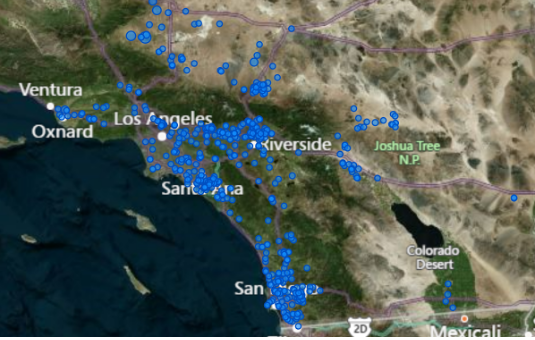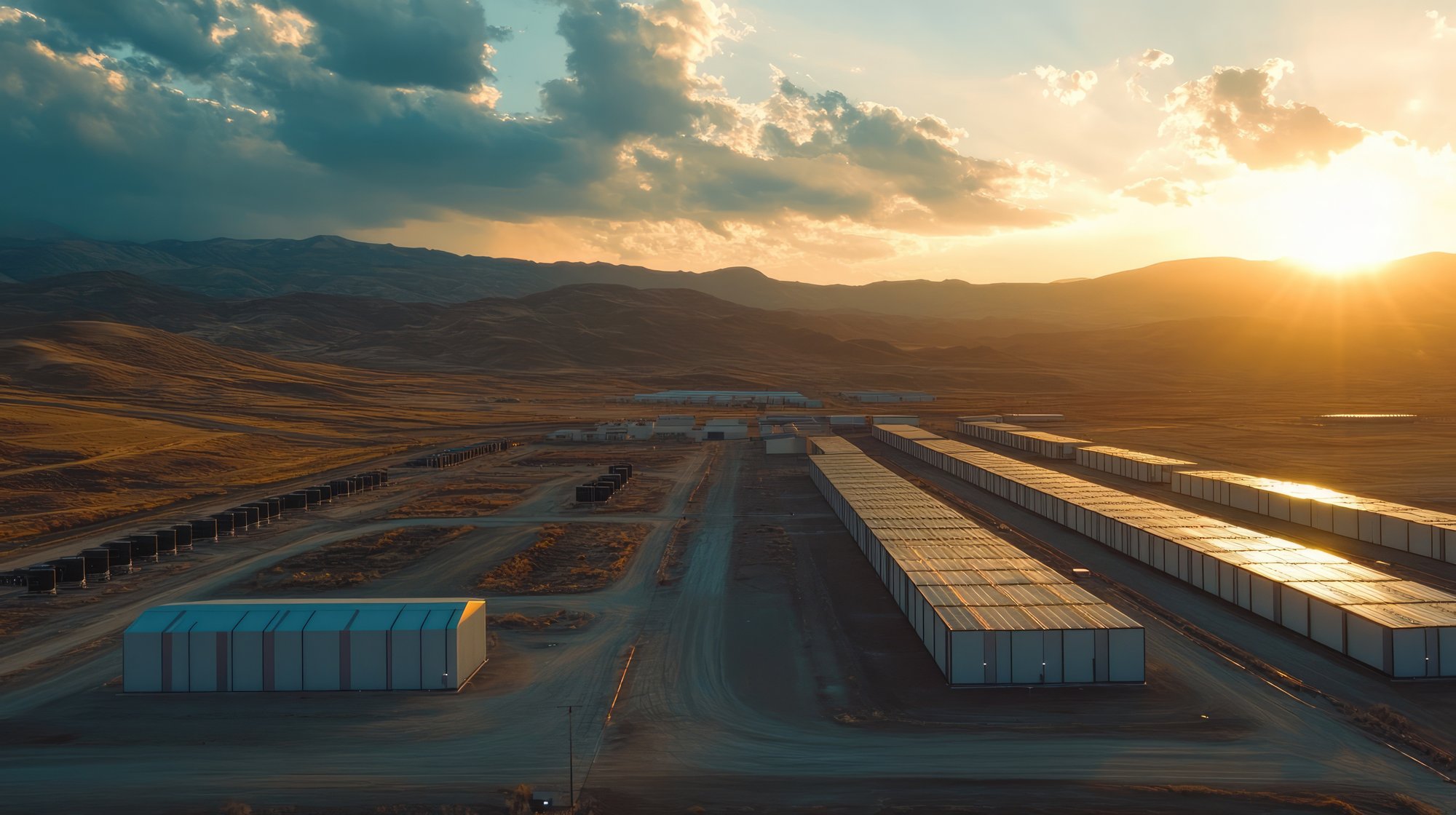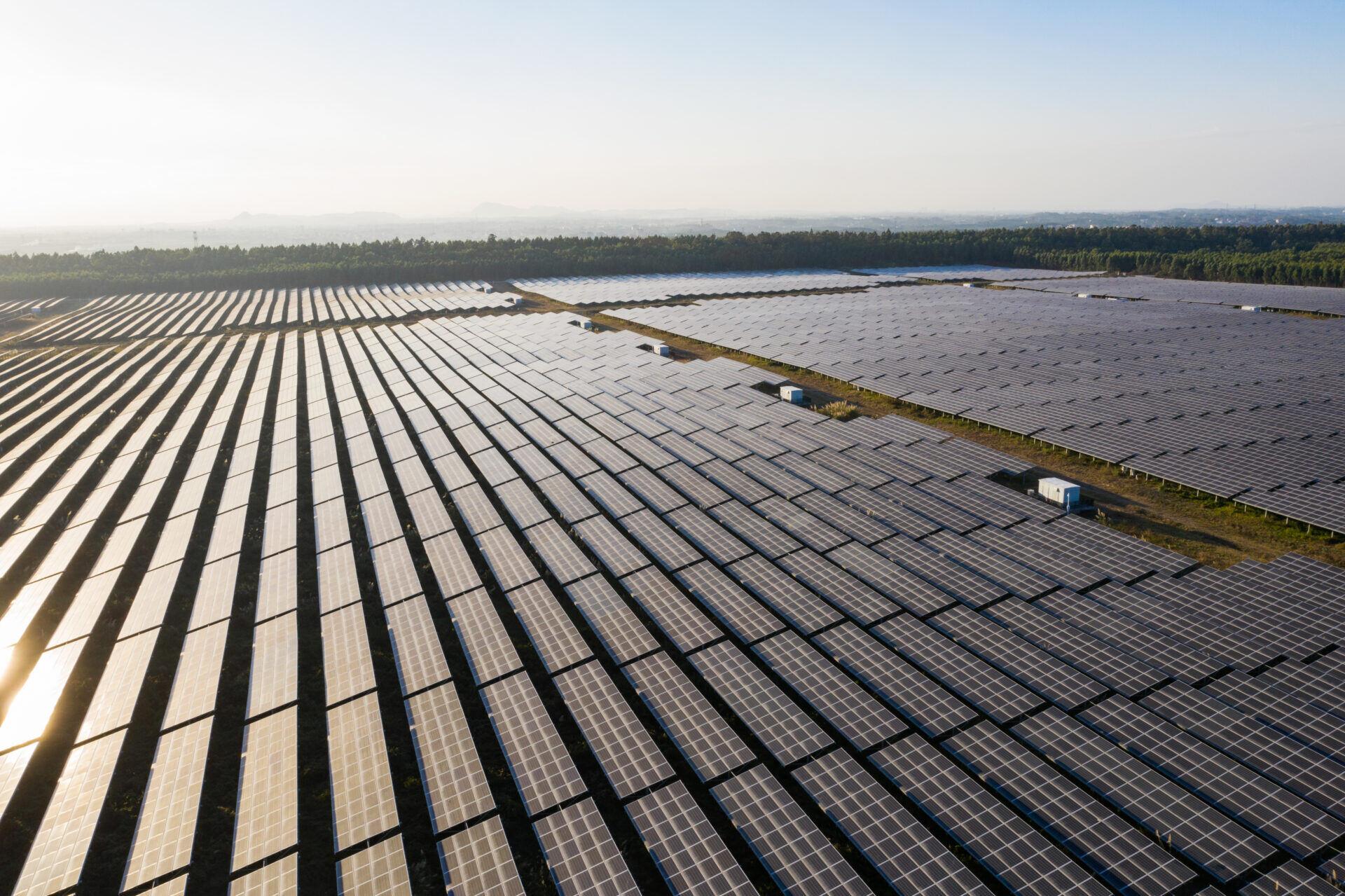THE FOUR DATA REQUIREMENTS KEY TO FULFILLING FERC ORDER 2222
FERC’s recently approved Order 2222 aims to remove barriers to participation of DERs in wholesale energy markets in the US. But what are the data requirements necessary to fulfilling Order 2222?

Stay in touch
Subscribe to our newsletter for expert insights, company updates, and the latest in renewable energy management solutions.
By Dave Roberts, Chief Business Development & Partnerships at Power Factors
Let’s start with a bit of background. FERC’s recently approved Order 2222 aims to remove barriers to participation of distributed energy resources (DERs) in wholesale energy markets in the US. This applies to all types of DERs — defined as any resource that is located on the customer side of the meter and can be used to meet all or part of the customer’s energy needs.
DERs include a variety of renewable energy assets, from utility-scale renewable energy facilities to smaller-scale distributed energy resources such as rooftop solar panels, battery energy storage systems (BESS), and demand-response resources.
With this as a backdrop, let’s dig into the data requirements necessary to fulfilling Order 2222:
- Accurate and timely data: To participate in wholesale energy markets, generators must be able to provide accurate and timely data about their energy generation (and consumption). This data is necessary for the ISO to manage flows and maintain system reliability. But what is “timely”? In utility-scale generation, Power Factors’ solutions typically are connected to the SCADA or PPC system and acquiring data every 1-2 seconds.
- Standardized data formats: To ensure DERs’ ability to participate in energy markets, data must be provided in standardized formats that are compatible with the grid operators’ systems. This includes data on the availability, capacity, and performance characteristics of the DERs. While we’re on the topic, it should be noted that there are many “standards” – wind is typically IEC 61400-xx standards. Solar, on the other hand, can be quite difficult to standardize, as the development model is for the EPC contractor to select PPC/SCADA and define its own data model. This requires the owner or operator to conduct complex data mapping to get to a consistent data standard in the cloud.
- Data security: To protect against cyberattacks and ensure the reliability of the grid, data must be securely transmitted and stored. DERs must implement appropriate security measures to protect their data and comply with industry security standards. This leads us to the question: Are “cloud-first” solutions acceptable? At Power Factors adhere to rigorous processes to maintain our SOC certifications. We also are heavily engaged with our core cloud platform provider AWS, who recently published this guidebook on NERC compliance and cloud solutions.
- Transparency and accessibility: To ensure that all market participants have equal access to energy markets, data must be transparent and accessible. DERs must be able to access market data and rules, and market participants must be able to access data about the availability and performance of DERs. So how do we navigate confidentiality vs. transparency? The illustration below shows aggregated information about the resources in SP-15 (CAISO) connected to Power Factors system. Data can be aggregated and anonymized to protect the confidentiality of individual assets, while providing the system operator comprehensive data behind the meter.


Meeting these data requirements helps ensure that DERs can participate in wholesale energy markets and contribute to a more efficient, reliable, and sustainable grid. Ultimately, the implementation of these data requirements will depend on several factors, including the specific DER, the market in which it is participating, and the regulatory framework in place.
DERs and grid operators will need to work together to verify that the necessary data requirements are met to fully realize the benefits of FERC Order 2222. Depending on the data platform put in place for asset performance management (APM) on these DERs, a number of these requirements be fulfilled today.
In general, utility-scale renewable energy assets are likely to have more advanced data management systems already in place and may be better equipped to meet the data requirements of FERC Order 2222. However, regardless of the size or type of the renewable energy asset, complying with Order 2222 likely will require a significant investment in data management and communications technology, as well as collaboration with grid operators and other market participants.
We’re challenging the stakeholders with the following proposition. Would you be interested in pilot scenarios with existing cloud based technologies to fulfill these requirements?
We’re game. How about you? Get in touch.
Dave Roberts is Chief, Business Development and Partnerships at Power Factors and has over 20 years of senior leadership experience spanning development, operations and services. Prior to his role at Power Factors, Mr. Roberts is the founder and CEO of a startup: SenseOps, Inc. SenseOps was founded to develop edge-based software IIoT solutions connecting distributed renewable energy assets leveraging IoT hardware and pervasive connectivity.
Prior to Power Factors and SenseOps, he spent 12 years at OSIsoft in various executive roles. As Global VP for Business Development, Mr. Roberts managed OSIsoft’s vertical industries, including Power, T&D, Oil & Gas, Metals & Mining, Chemicals, Pharmaceutical and other process industries. He was also the Industry Principle for Renewable Power Generation.


-2.jpeg?width=2000&name=AdobeStock_785443953%20(1)-2.jpeg)


